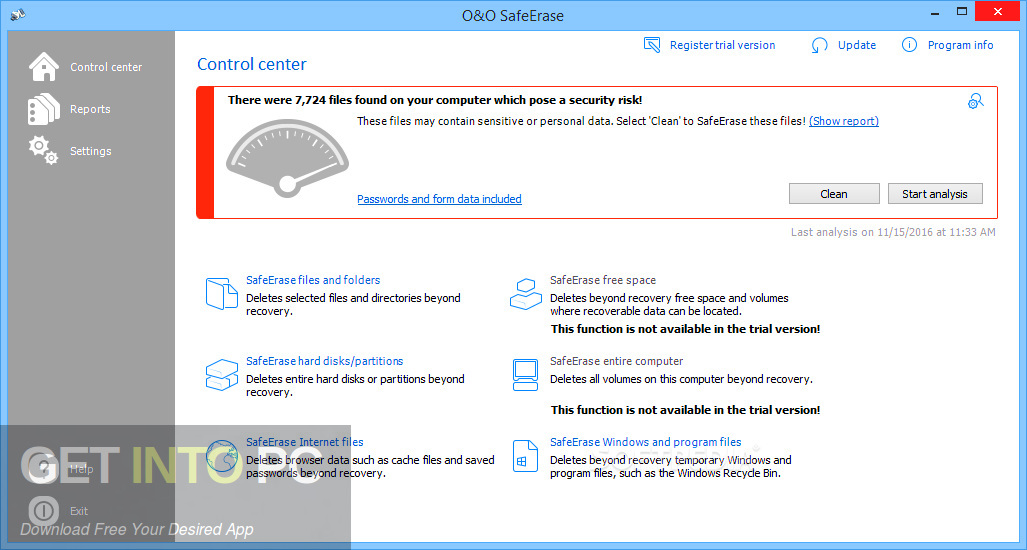
When Irish names were anglicized, the Ó commonly was either dropped or written as O'.
 the patronymic term Ó "grandson, (usually male) descendant, first or second cousin" (variants: Ua, Uí, Í Uaí). Ó is widely used in Irish where it has various meanings: Ó is the 19th letter of the Icelandic alphabet and represents /oṷ/. Ó is the 25th letter of the Hungarian alphabet. Ó is the 18th letter of the Faroese alphabet and represents /œ/ or /ɔuː/. In Romagnol, ó is used to represent, e.g. In Emilian, ó is used to represent, e.g. In Dutch, the acute Ó accent is used to mark different meanings for words, for example voor and vóór ("for" / "before"), or vóórkomen and voorkómen ("to occur" / "to prevent"). Ó is the 24th letter of the Czech alphabet and the 28th letter of the Slovak alphabet. In Chinese pinyin ó is the yángpíng tone (阳平, high-rising tone) of "o".
the patronymic term Ó "grandson, (usually male) descendant, first or second cousin" (variants: Ua, Uí, Í Uaí). Ó is widely used in Irish where it has various meanings: Ó is the 19th letter of the Icelandic alphabet and represents /oṷ/. Ó is the 25th letter of the Hungarian alphabet. Ó is the 18th letter of the Faroese alphabet and represents /œ/ or /ɔuː/. In Romagnol, ó is used to represent, e.g. In Emilian, ó is used to represent, e.g. In Dutch, the acute Ó accent is used to mark different meanings for words, for example voor and vóór ("for" / "before"), or vóórkomen and voorkómen ("to occur" / "to prevent"). Ó is the 24th letter of the Czech alphabet and the 28th letter of the Slovak alphabet. In Chinese pinyin ó is the yángpíng tone (阳平, high-rising tone) of "o". 
It is sometimes also used in English for loanwords. In some cases, The Letter "ó" is used in some languages as in a high rising tone (e.g.

This letter also appears in the Afrikaans, Catalan, Dutch, Irish, Nynorsk, Bokmål, Occitan, Portuguese, Spanish, Italian and Galician languages as a variant of letter "o". Ó, ó ( o- acute) is a letter in the Czech, Emilian-Romagnol, Faroese, Hungarian, Icelandic, Kashubian, Polish, Slovak, and Sorbian languages. Not to be confused with the Cyrilic letter О́.







 0 kommentar(er)
0 kommentar(er)
